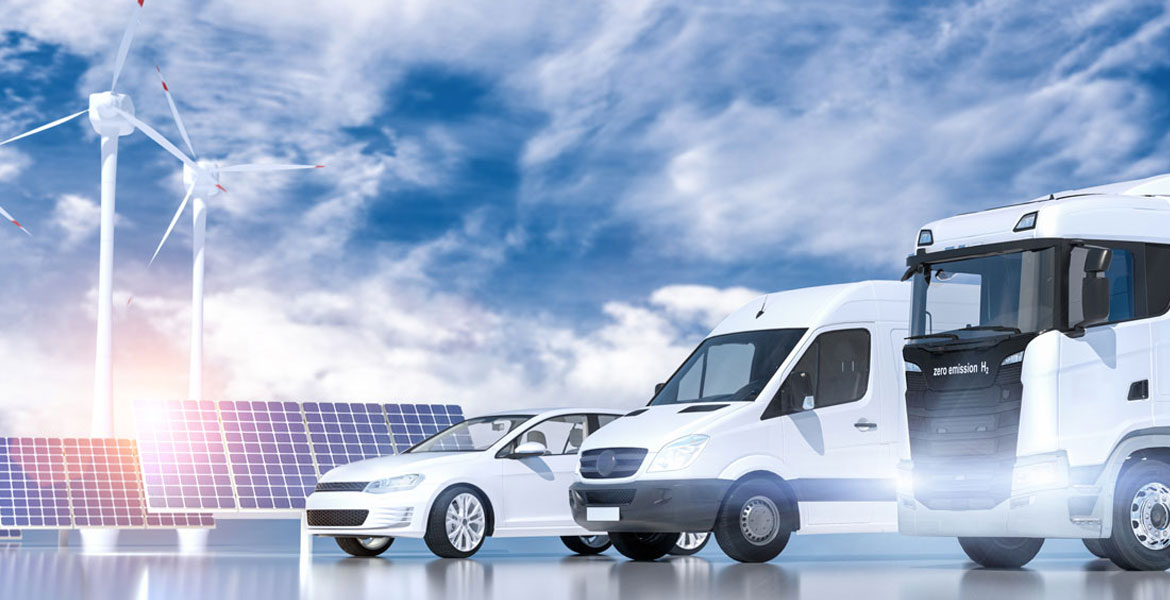Statement Provided by Union Minister of Renewable Energy and Power
As per the statement provided by the Union Minister of Renewable Energy and Power, R.K. Singh, in the Rajya Sabha, the government is aiming to decrease fossil fuel imports worth a total of ₹1 trillion (~$12 billion) by 2030, in line with the targets established under the National Green Hydrogen mission. The minister also mentioned that the production and use of green hydrogen could potentially mitigate nearly 50 million metric tons of carbon emissions.
National Green Hydrogen Mission
Approved by the Union Cabinet, the National Green Hydrogen Mission sought to promote green hydrogen production and utilization earlier this January with an initial outlay of ₹197.4 billion (~$2.3 billion). According to R.K. Singh, the Union Minister of Renewable Energy and Power, the government will support the infrastructural development of electrolyzers to speed up green hydrogen production. He also mentioned that the government would promote the demand creation of green hydrogen by incentivizing domestic usage and exportation. Additionally, the minister revealed that the government had taken the first steps toward launching green hydrogen pilot projects in the mobility, steel, and shipping sectors.
Approved by the Union Cabinet
- Initial outlay of ₹197.4 billion
- Launching Green Hydrogen Pilot Projects
- First Projects in Steel and Shipping Sectors.
India Plans to Develop Hydrogen Hubs at Ports as Part of Green Shipping Initiative
The government department responsible for ports, shipping, and waterways in India has announced plans to develop two ports on the east coast and one on the west coast as hydrogen hubs as part of the Green Shipping Initiative. The Union Minister for Ports and Shipping, Sarabananda Sonowal, announced this. According to Singh, who made this statement earlier in the year, the government aims to reach 500 GW of non-fossil capacity by 2030. Green hydrogen will have a crucial role in this effort. The initiative also intends to create opportunities for the government to collaborate with international research institutes to explore green hydrogen production.
Recently, the Department of Science and Technology (DST) signed a letter of intent with Germany’s Fraunhofer Institute for Solar Energy Systems to establish a long-term collaboration focused on hydrogen and other clean technologies. As a hydrogen valley or cluster technology partner, Fraunhofer will provide information, access to technologies, and scientific and technical experts. DST will provide the framework for cooperation in the hydrogen valley cluster projects and support activities and resources.
The Government Aims to reach 500 GW of Non-Fossil Capacity by 2030.
The Department of Science and Technology (DST) signed a letter of intent with Germany’s Fraunhofer Institute for Solar Energy Systems to establish a long-term collaboration focused on hydrogen and other clean technologies.
Capacity of Non Fossil
500 GW
By

